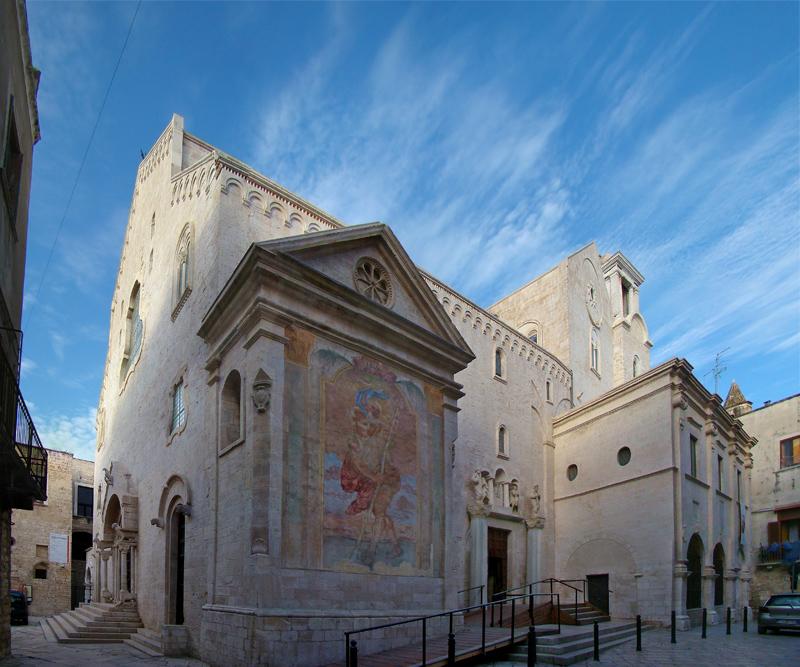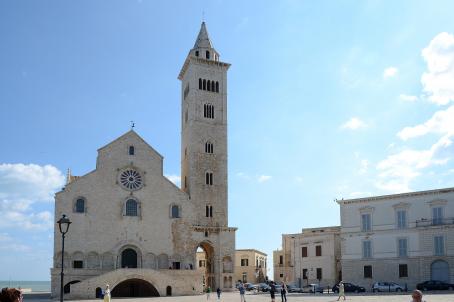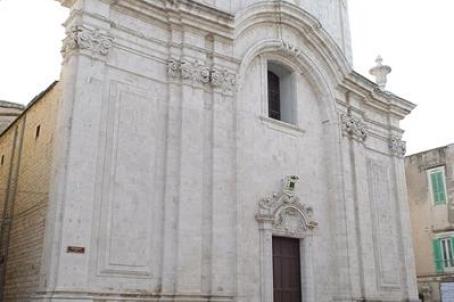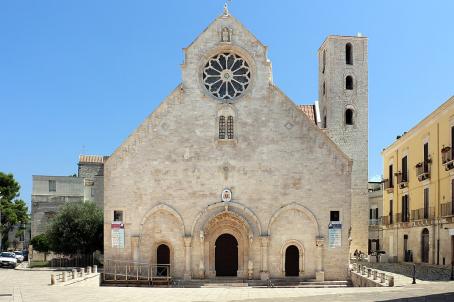Co-cathedral of Bisceglie
The Cathedral of Bisceglie was founded in 1073 by the Norman Count of Trani, Pietro II. The church was built in the Romanesque style and completed in 1295. The building is in the Pugliese Romanesque style, although its original style has been altered by later reconstructions, in particular a Baroque reconstruction in the 18th century.






